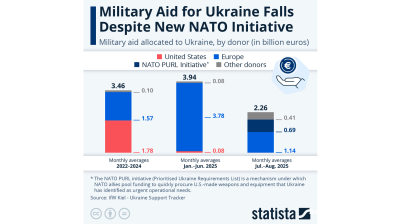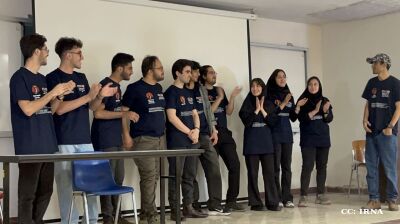More than half of Iran’s population is below the absolute poverty line, according to an Iranian economist.
Runaway inflation, depreciation of the national currency the rial, and declining purchasing power have been the common experience of Iranians during the past years. With food inflation above 60%, according to official data released by the Statistical Center of Iran, it is becoming increasingly difficult for many to make ends meet. This is while the lion’s share of the average Iranian’s income is spent on housing.
“The share of Iranians below the absolute poverty threshold is not below 50%. This means these people are deprived of the minimum level of standard of living,” Hossein Raqfar told Persian daily Etemad.
The Labour Ministry in Iran is in charge of releasing official data on the poverty line, yet it has failed to update its data in recent years and the available official data arguably downplay the gravity of the conditions on the ground.
Only scattered information comes out every now and then from economic institutions, experts or former officials.
“Poverty was once an exceptional phenomenon and we could plan for it, but now when 30% of the society is trapped in poverty according to official statistics, we are dealing with a fundamental issue,” former labour minister Ali Rabi’ie said a few days ago.
Majlis Research Centre, the research arm of the Iranian parliament, also published a rare report about poverty recently. According to this report, the poverty rate has increased from 19% to 30% in Iran during the past decade.
The question is why the Labour Ministry refrains from providing relevant official statistics.
A deputy minister lately sought to answer this key enquiry: “Poverty line is monitored by 12 bodies, however, the reason for the non-reporting can be traced in political, social and cultural dimensions of this phenomenon.”
According to the World Bank, Iran’s position in terms of income classification worsened as of 2020 for the country to join the lower-middle income class after it belonged to the upper-middle class for 15 years.
Data

India’s retail payment revolution
India’s payments landscape has reached a pivotal stage, with digital transactions now accounting for 99.8% of all retail payments.

Military aid for Ukraine falls despite new Nato PURL initiative – Statista
The Kiel Institute for the World Economy found that military aid to Ukraine dropped sharply in July and August compared to previous months, despite the implementation of the Nato PURL initiative.

IMF cuts Russia’s 2025 growth forecast to 0.6%, leaves Ukraine's unchanged at 2%
The International Monetary Fund has lowered its forecast for Russia’s economic growth in 2025 to just 0.6%, marking the second-steepest downgrade among major economies, even as it raised its global outlook.

Russia's PMI indices plummet as economy cools
Russia’s private sector entered deeper contraction in September, as both services and manufacturing activity declined, according to the latest PMI data published by S&P Global.




